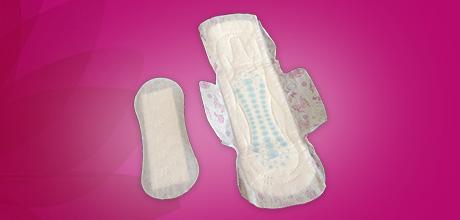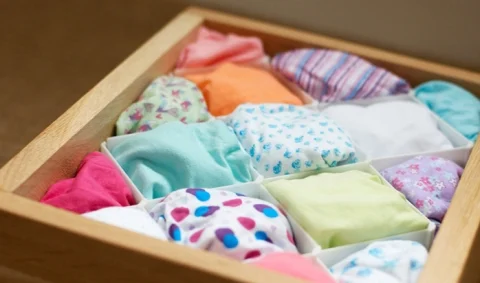
Thursday, May 2, 2024 - 10:05
From protective pads to refreshing panty liners, explore a wide range of solutions to keep you clean, dry and confident every day. Here are some main differences between panty liners and sanitary pads.
Panty Liners vs Sanitary pads
You keep pads in the bathroom. You keep panty liners in your panty drawer.
Pads are for periods. Panty liners are for any day.
Pads are bigger for period protection. Pantyliners are thinner, shorter, and so small you’ll forget you’re wearing them.
You (obviously) can’t wear pads with a thong. Some panty liners are designed to fold around even the tiniest thong.
Pads keep your panties protected when you have your period. Panty liners keep you ready for anything as they combat white menstruation or brown vaginal discharge.
You wouldn’t want to wear pads every day. You can wear panty liners every day you want to feel clean and fresh.
What are Panty Liners?
Panty Liners are “mini-pads” that are convenient for light vaginal discharge and everyday cleanliness. For some girls, they come in handy at the beginning or end of their period, when the flow is very light. They are much thinner than pads and are available in different sizes to suit different body types and lifestyles. Panty liners, just like pads, have a sticky backing and are made of absorbent material.
What are Sanitary pads?
Pads, or sanitary napkins, are absorbent towels that provide protection during your period. They attach to the inside of panties to avoid any leakage onto your clothes. Pads are made of cotton-like material with a waterproof surface that locks away menstrual blood to avoid discomfort. They come in different sizes and thicknesses, to adapt to lighter or heavier flows.
2 Main Types Of Sanitary Napkins
There are various types of pads to choose from for your period. Pads are usually divided into two main categories: thick and thin. Both provide the same level of protection. Choosing between the two is just a matter of preference.
Thick pads, also referred to as "maxi", are made of thick absorbent cushion and provide maximum comfort. They are particularly recommended for heavier flows.
Thin pads, also referred to as "ultra" are made with a compressed, absorbent core which is only 3 mm thick, making it a more discrete option.
Pads For Light and Heavy Flow
In most girls, the menstrual flow intensity varies throughout the cycle. At the beginning and at the end of your period, the flow is usually light. You can choose a sanitary napkin for light flow.
In the middle of the cycle, when your flow is more abundant, larger pads are more convenient. If you’re a heavy sleeper, consider using a pad that’s adapted for night time. It is the largest in size and has a higher absorbency power.
Pads With or Without Wings for Leakage Control
Some sanitary napkins feature side guards, also known as wings, which have adhesive strips that can be wrapped around panties to prevent leakage from the sides, and provide extra confidence on the move.
How to Use Sanitary or Menstrual Pads?
Start by washing your hands.
If the pad is in a wrapper, remove it and use the wrapper to dispose of the old pad.
Remove the adhesive strip and centre the pad on the bottom of your underwear. If your napkin has wings, remove the backing and wrap it on both sides of your panty.
Wash your hands and you’re ready to go!
Don’t forget: pads should be changed at least every four hours. But you can replace them as often as you want, depending on what makes you feel comfortable.
References
Note: This article is for informational purposes only and does not constitute medical advice.



